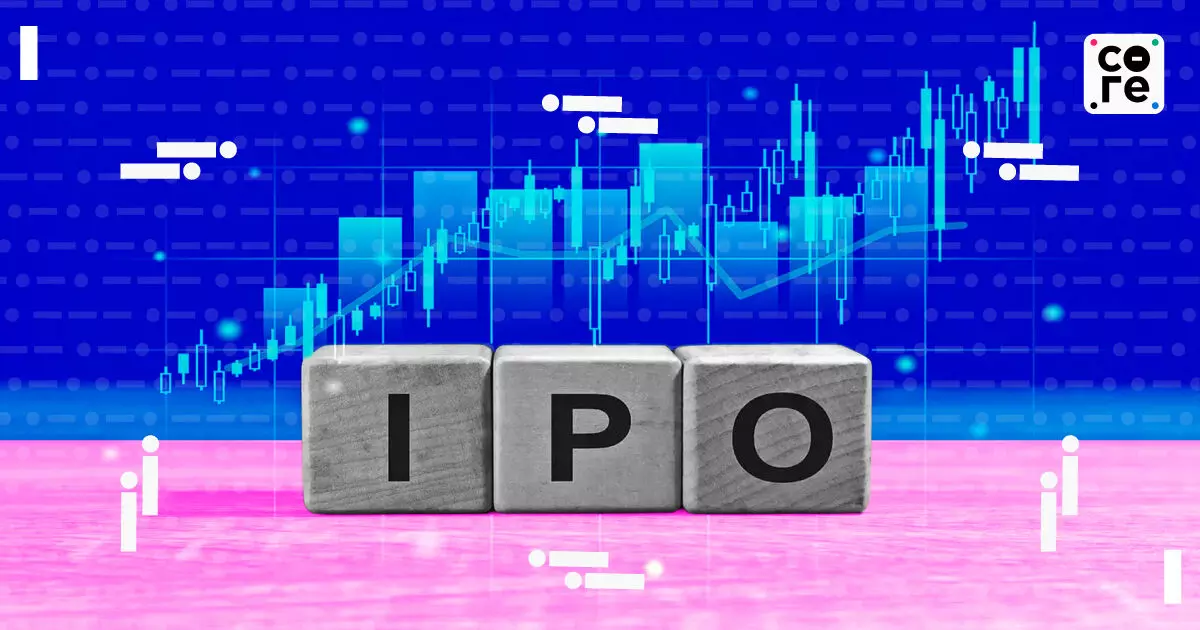
It’s Time India Encouraged More Global Companies To Its Bourses
India’s IPO boom is on, but Hyundai and LG’s listings show why India needs more blue-chip MNCs to deepen and steady its markets.

The Gist
LG Electronics India's $1.3 billion IPO was fully subscribed on its first bidding day, highlighting the success of Korean brands in the Indian market.
- The IPO marks a significant milestone for LG, following Hyundai's recent listing.
- Both companies have established a strong presence in India over the past few decades.
- Encouraging more MNCs to list can benefit the Indian economy and enhance governance standards.
LG Electronics India's $1.3 billion IPO was fully subscribed on the first day of bidding on Tuesday.
The IPO marks the culmination of a journey that started a few decades ago.
Korean auto giant Hyundai came to India in 1996, when the Indian car market was nascent. Hyundai launched its first model, the Santro, in 1998.
LG, the Korean consumer durables giant, came exactly a year later, in 1997.
At that time, Hyundai and LG were barely seen or recognised as brands globally.
But both Korean companies have done something which few international brands have done in recent decades, which is to go public and list on Indian bourses.
Hyundai listed in India a year ago, in October.
MNC Listing Drought
Most international companies and brands that have listed in India did so decades ago.
Some of them were forced because of the Foreign Exchange Regulation Act or FERA of 1973, which mandated a maximum shareholding of 40%.
Though some companies were ahead, like Hindustan Unilever, which went public in 1956.
Bata was listed in 1973, and Nestle in 1978. Other MNCs went public in the 1980s and 1990s. Things slowed down after the 2000s to almost nothing.
Maruti Suzuki, the Japanese auto company, was among the last major MNCs to list in 2003, though it set up shop in India in 1981, as a joint venture with the Government of India.
The question to ask actually is, why are more overseas companies not listing in India?
And what does it say about those who are, like LG and Hyundai?
India’s Tough Market
In the auto sector, the departure of companies like General Motors and Ford from India showed that India is a tough market to do business.
Going public calls for an additional level of commitment, which is mostly not feasible at an early stage.
So, could one say that it takes at least 20 to 25 years before a global MNC reaches a level of comfort to take its roots deeper by going public?
At least that seems to be the case with both LG and Hyundai.
Many more companies have, of course, set up shop in India in the last 30 years.
But it is not a necessary corporate strategy that companies with a large local presence have to list here as well.
It is also not feasible, for example, that a company leaning on India as an offshoring base rather than as a market would list here.
Conversely, it is only brands or companies that have really immersed themselves over the years with Indian consumers, individual or institutional, that would consider doing an IPO.
Doing an IPO is a tough process.
It calls for considerable preparatory work and, more importantly, a level of disclosures which you are otherwise not obligated to make.
And these have to be made every quarter, and you become answerable to shareholders in India and at the global headquarters.
The Bright Side
But the advantages to the economy are several.
An MNC listing in India, like LG and Hyundai, is good for the Indian market and economy, apart from reflecting a more permanent stake in the country’s growth story.
Willy nilly, these Korean majors will grow the domestic business and thus the economy.
They will repatriate the profits and maybe some royalties, but that is part of the game.
There is another reason such listings must be welcomed. MNC stocks and companies have generally scored higher on governance and returns to shareholders than the median.
And also set benchmarks to follow.
Their stock prices have reflected both good business growth, brand strength and high-quality management talent and pools.
Hindustan Unilever or Nestle are good examples, when viewed over time and thus a plus for shareholders looking for good companies with strong franchises to invest in for the longer term.
Encouraging IPOs
India must thus encourage more MNCs to list in the country and thus develop deeper roots.
There is a feeling that the current IPO rush — about $5 billion this month alone — is seeing some good quality IPOs but also some not-so-good ones.
That is also part of the course.
But more blue-chip MNC listings are desirable and must be welcomed.
The Reserve Bank of India’s move to ease up financing for investing in IPOs appears to acknowledge this or is responding to it, implicitly.
Japanese brands like Honda, Toyota and Sony also arrived in the mid-1990s. Among many others. Will they list at some point too ? We don't know right now.
But as you look back, you can see what the opening up of a market, in this case India, after decades of isolation, can do in terms of attracting capital, technology and talent.
We are hopefully on the next stage of this immersion, absorption and expansion.
India’s IPO boom is on, but Hyundai and LG’s listings show why India needs more blue-chip MNCs to deepen and steady its markets.
India’s IPO boom is on, but Hyundai and LG’s listings show why India needs more blue-chip MNCs to deepen and steady its markets.

